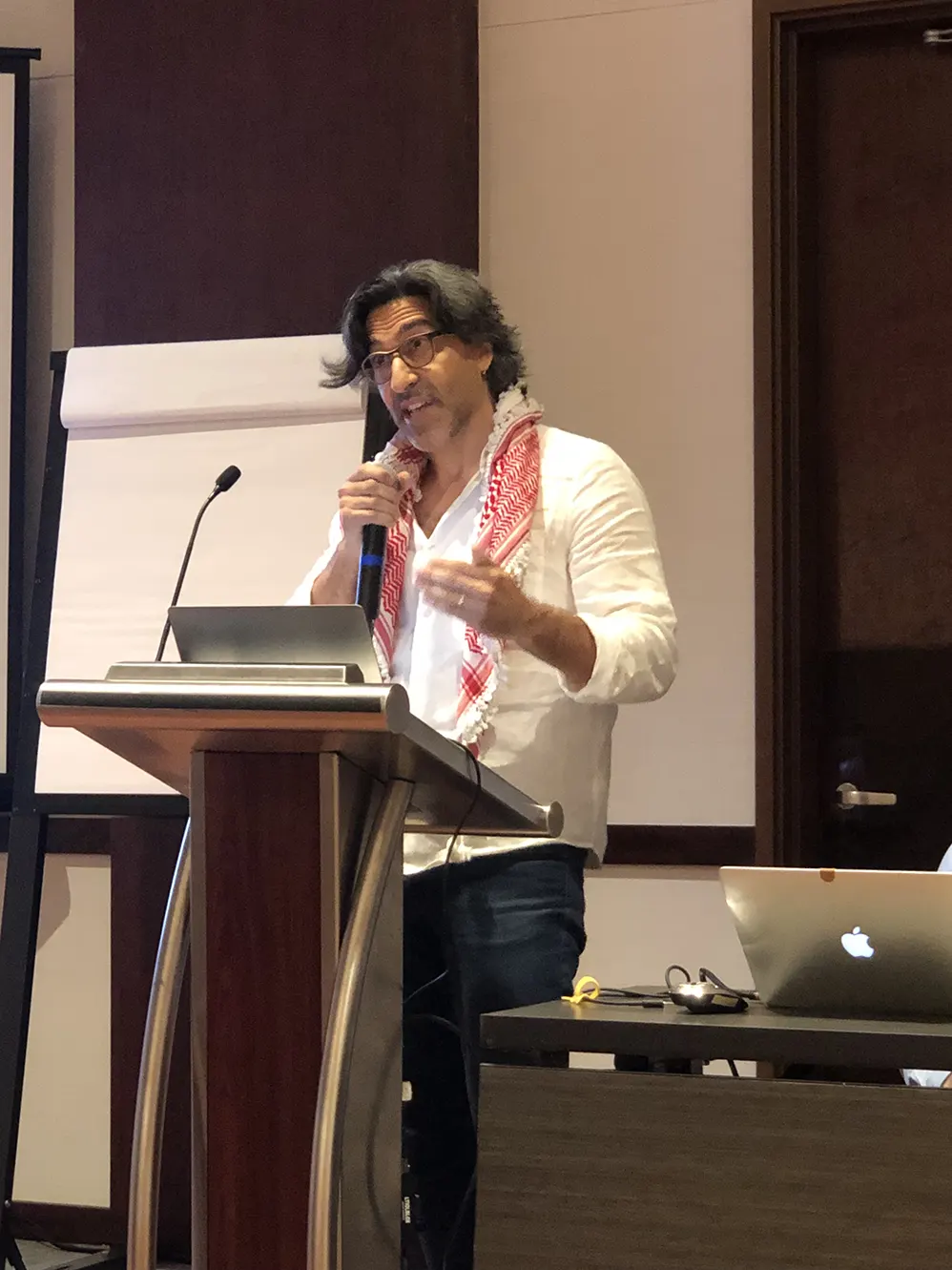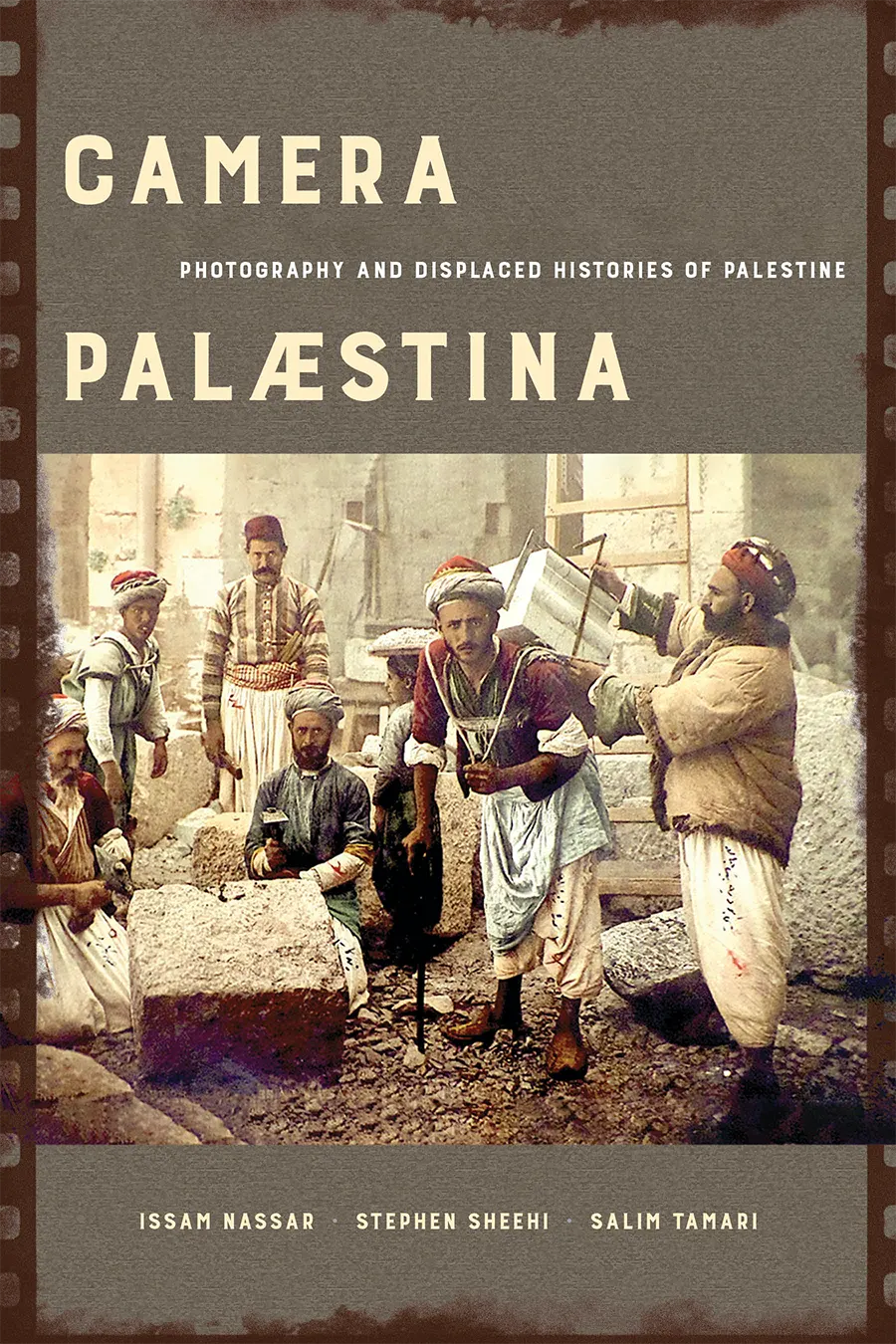Camera Palaestina:
Photography and Displaced Histories of Palestine
Co-authored with Salim Tamari and Issam Nassar.
Camera Palaestina:
Photography and Displaced Histories of Palestine
Camera Palaestina: Photography and Displaced Histories of Palestine is a critical exploration of Wasif Jawhariyyeh and his seven photography albums. Jawhariyyeh lived in Jerusalem from 1904 to 1972, and the nine hundred images in his albums chronicle a cultural history of Ottoman and Mandate Palestine. Shedding new light on this foundational period, the authors explore not just major historical events and the development of an urban bourgeois lifestyle, but an emerging Palestinian aesthetic. Issam Nassar, Stephen Sheehi, and Salim Tamari locate this photographic archive at the juncture between the history of photography in Palestine and the everyday social history of Palestine through photography. They offer evidence of the unbroken field of material, historical, and collective experience that constitutes an incontestable continuum of what is Arab Palestine, from its living past to its living present.


